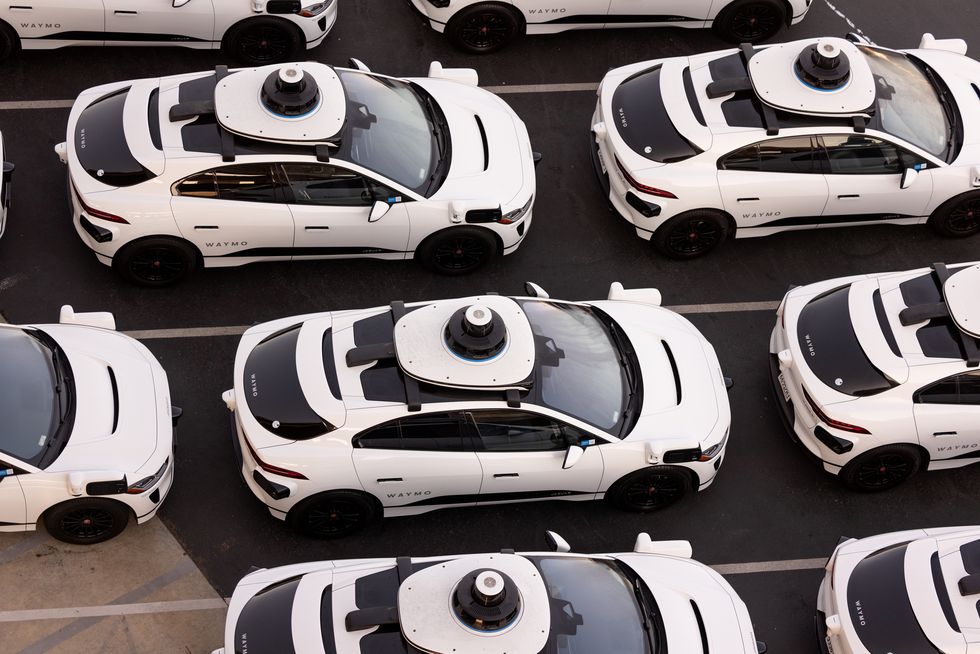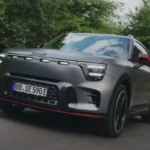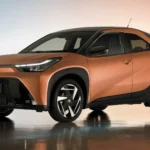Tesla’s Robotaxi service is reportedly poised for a launch in Austin, Texas, by the end of June 2025. This highly anticipated venture, however, appears to be generating more questions than definitive answers for the public. Public scrutiny has intensified, especially as the company attempts to block the city of Austin from releasing public records related to the program’s trial run.
According to Reuters, Dan Davis, the city of Austin’s Public Information Officer, confirmed that a third party – specifically Tesla – had requested to withhold these records. The stated reason for this request is to protect the company’s privacy and property interests. Meanwhile, Forbes recently highlighted serious safety concerns associated with the nascent service.
Years ago, experts like Missy Cummings, a former National Highway Traffic Safety Administration (NHTSA) adviser, voiced concerns about the potential dangers of many autonomous systems. As these technologies continue to roll out in 2025, it’s clear that many fundamental questions about their safety and practical application remain unanswered.
The Core Problem: Autonomy Levels and Safety Gaps
The central challenge for Tesla’s Robotaxi service lies in its current technological capabilities and the stringent regulatory environment.
Elon Musk’s Self-Driving Track Record
Elon Musk’s history with Full Self-Driving (FSD) technology has been, at best, questionable. Despite ambitious projections, Tesla’s technology has yet to fully master Level 2 autonomous driving capabilities. This is a crucial distinction, as a fully automated taxi service would require the much more advanced Level 4 autonomy. The significant gap between Tesla’s current FSD capabilities and the requirements for a truly autonomous taxi service raises considerable safety questions.
Understanding Autonomous Driving Levels
To fully grasp the technological capabilities of autonomous systems, it’s essential to understand the different levels of self-driving automation, as defined by the Society of Automotive Engineers (SAE International):
Level 0: No Automation. The human driver performs all driving tasks.
Level 1: Driver Assistance
The lowest level of driver assistance, Level 1 programs automate a single driving system. Examples include cruise control, which automates acceleration, or lane-keeping assistance, which automates steering. The human driver remains fully responsible for all other aspects of driving and must continuously supervise the system.
Level 2: Partial Driving Automation (ADAS)
Often referred to as Advanced Driver Assistance Systems (ADAS), Level 2 systems can control both steering and accelerating/braking simultaneously. Tesla’s current Full Self-Driving (FSD) and General Motors’ Super Cruise are prime examples of Level 2 ADAS.
Crucially, a human driver must remain in the driver’s seat, continuously monitor the environment, and be ready to intervene at any moment should the system fail or encounter unforeseen conditions. The United States currently only permits up to Level 2 autonomous driving on public roads, primarily due to ongoing security and safety concerns.
Level 3: Conditional Driving Automation
Level 3 systems share many capabilities with Level 2 but include the added ability to detect environmental factors and make informed decisions in certain conditions. While the user experience might feel similar to Level 2, Level 3 represents a significant technological leap behind the scenes.
These systems can manage most driving tasks under specific conditions (e.g., highway driving) but still require the human driver to be available to take over when prompted or when conditions exceed the system’s operational design domain. Audi’s A8L is one of the few vehicles currently capable of Level 3 automation, but its deployment is heavily restricted by current U.S. regulations.
Level 4: High Driving Automation
This is where true self-driving begins. The defining characteristic of Level 4 is its ability to intervene independently if things go wrong. In designated operational design domains (ODDs), the vehicle can handle all driving tasks and monitor the driving environment, without requiring human intervention.
Many Level 4 vehicles still include a “panic button” or similar override for last-resort human intervention. Until legislation fully catches up with the technology, these vehicles are currently restricted to operating within limited geographic areas, often urban city limits where speeds are lower and the consequences of potential accidents are generally less severe.
Waymo is one of the only companies to have successfully rolled out a package that reliably fulfills Level 4 autonomous driving capabilities for commercial use, primarily in ridesharing services within specific cities.
Level 5: Full Driving Automation
This is the ultimate level of driving automation. A Level 5 vehicle is theorized to make no mistakes and offer maximum efficiency. Such vehicles would theoretically not even require a steering wheel or pedals and would be capable of operating anywhere a human driver could drive, under all conditions. This level of automation does not yet exist.
The Austin Trial: How It’s Designed
Tesla’s Robotaxi trial in Austin will involve a gradual rollout of vehicles with specific software.
Phased Deployment and Regulatory Gaps
The trial will involve a gradual and cautious release of Robotaxis onto Austin’s city streets. Elon Musk has indicated that the program will commence with a small fleet of 10 vehicles. These will operate along predetermined routes, initially around the Capitol building. The plan is to steadily expand this fleet to potentially thousands of vehicles, contingent on the trial proceeding “smoothly.” However, the exact definition of “smoothly” in this context remains ambiguous.
A critical factor impacting this trial is the regulatory landscape in Texas: state law prevents local governments from imposing regulations on autonomous vehicles. This means the city of Austin has virtually no ability to regulate these types of vehicles, potentially raising concerns about oversight and accountability during the trial.
Vehicle and Software Specifications
The initial trial period will not feature the two-seater concept vehicles that Musk showcased in October of the previous year. Instead, the fleet will comprise Tesla Model Ys equipped with the brand’s latest Full Self-Driving (FSD) “Unsupervised” software. As its name suggests, this new software claims to be capable of operating without any human supervision. This is a significant leap from the standard Level 2 FSD, which requires constant human oversight.
For context, Forbes conducted a trial of Full Self-Driving in Sacramento, California, and reported experiencing seven “failures” within an 80-minute test drive that necessitated the driver taking back control. This highlights the ongoing challenges and the inherent risks associated with even the most advanced iterations of Tesla’s autonomous driving technology.
The deployment of “Unsupervised” FSD in a public Robotaxi service, especially given its current Level 2 classification and the documented instances of required human intervention, is a point of concern for safety advocates.
The Competitive Landscape of Robotaxis
Tesla is not the first, nor the only, company venturing into autonomous taxi services. The field is increasingly crowded with diverse approaches to self-driving technology.
Established and Emerging Competitors
Tesla faces significant competition from other companies that have already implemented or are far along in developing their autonomous taxi services. Waymo, for instance, is considered one of the most robust and established programs currently in service. Waymo allows customers to hail rides directly through the Uber app in select operational areas. Beyond Waymo, other players are actively pushing the boundaries of autonomous mobility:
- Volkswagen’s ADMT service has already deployed its trial programs on city streets.
- Amazon’s Zoox fleet has also commenced its respective trial operations.
- Hyundai’s Motional program is currently in its mapping phase, a crucial step before full deployment.
These competitors often boast more comprehensive sensor suites and more cautious deployment strategies, emphasizing safety over speed to market.
Sensor Technology Philosophies: Cameras vs. Multi-Sensor Systems
A key differentiator among autonomous vehicle developers lies in their choice of sensor technology. Tesla vehicles rely solely on cameras to navigate roads autonomously. Elon Musk has consistently expressed his preference for this “vision-only” approach, seemingly having no interest in incorporating other sensor types. In contrast, many other companies developing genuine Level 4 autonomous vehicles, such as Waymo, utilize a combination of sensors.
These multi-sensor systems typically integrate cameras, radar, and Light Detection and Ranging (LiDAR) technology. LiDAR uses laser pulses to create detailed 3D maps of the environment, offering superior depth perception and object detection, especially in challenging lighting or weather conditions. Radar excels at detecting speed and distance, complementing camera-based vision.
There remains a significant debate within the autonomous driving industry regarding the optimal sensor suite. Proponents of the vision-only approach argue it mimics human perception and can be more cost-effective. Advocates for multi-sensor systems emphasize the redundancy and complementary data provided by combining cameras, radar, and LiDAR, arguing it leads to a more robust and safer perception system.
Only time will tell which method ultimately proves to be superior in achieving widespread, fully safe, and reliable autonomous driving for commercial applications like Robotaxis. The success or failure of these varying technological philosophies will shape the future of autonomous transportation.







